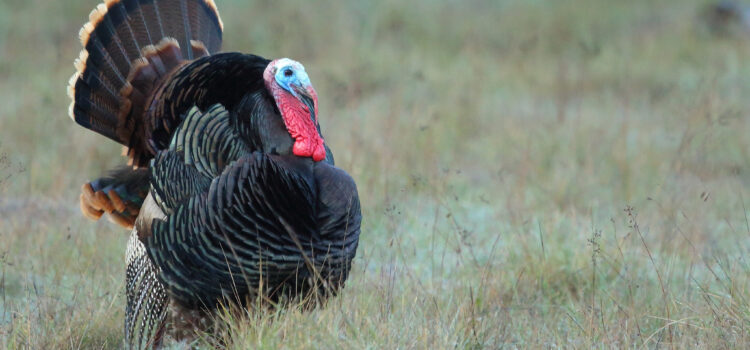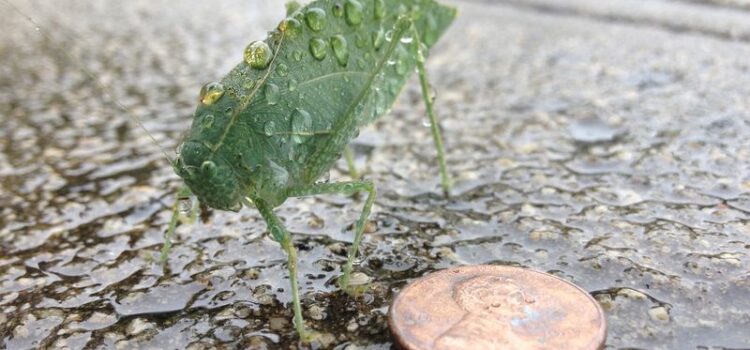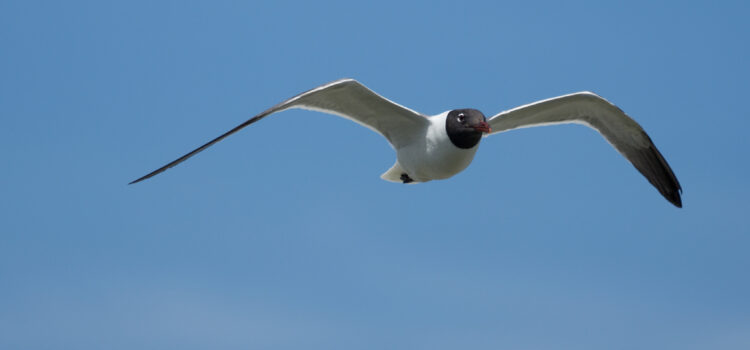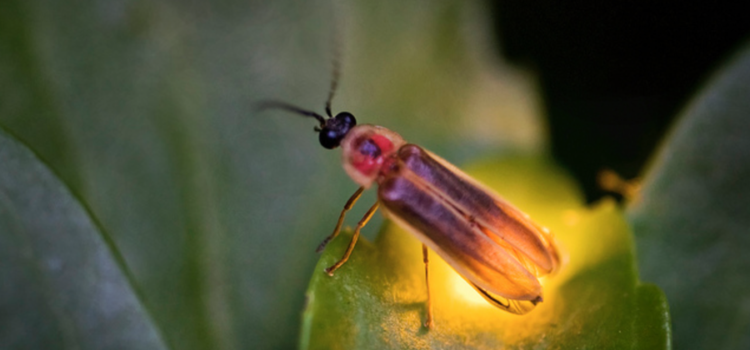Before the holidays I took a walk along the Suffolk Greenbelt trail in the vicinity of Motor Parkway. As I walked slowly up a rise onto the Ronkonkoma Moraine, the trail took a subtle turn to the right, by a large trailside pitch pine. As I passed the tree I heard the characteristic nasal wank, wank, wank of a white-breasted nuthatch in an oak behind the pine.
Winter Bird Flocks










